Why baseball is America's most dangerous spectator sport
When a foul ball rockets into the stands, fans have less than one second to react
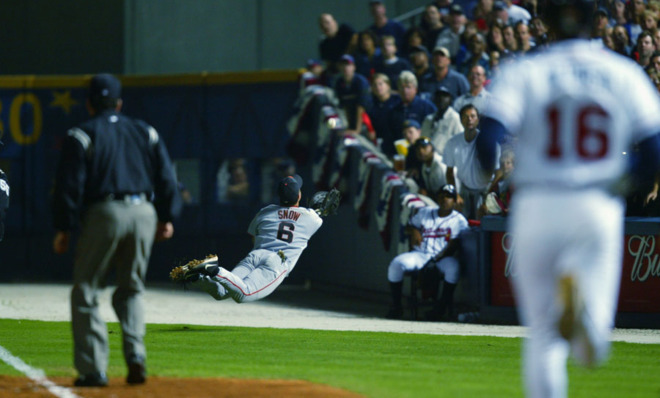
FRED FLETCHER DOESN'T watch baseball anymore, but one night in May, he got a text from a friend: Something had happened at that evening's Atlanta Braves game. An 8-year-old boy had been hit in the head by a line drive foul off the bat of Milwaukee Brewer Carlos Gomez during the seventh inning. In bed, with the volume on low so he wouldn't wake his wife, Fletcher watched the 11 o'clock news and then turned on a replay of the game. He didn't see the boy, but when the ball rocketed into the stands behind the first-base dugout and the batter dropped to a knee in prayer, Fletcher began to weep.
Fletcher is married and has three daughters. The two youngest are twins. Not quite four years ago, when the twins were 6, the family went to see the Braves play the Mets at Turner Field. They sat in row 10 of section 116L, just behind the visitors' dugout along the third-base line. The view from these seats is astounding. When the opposing pitcher trots back to the dugout after a half inning, you're close enough to see if he shaved that morning. Expletives from the players often make their way to these seats. So do foul balls.
The evening of Aug. 30, 2010, was postcard perfect. Eighty-one degrees. Partly cloudy. A light breeze. My husband and I were there — sitting, as chance would have it, 10 rows behind the Fletchers with our son, just 7 months old at the time. By the top of the fourth inning, the Fletcher girls had finished their cotton candy. It was a school night, so Fletcher was thinking they should leave soon.
The Week
Escape your echo chamber. Get the facts behind the news, plus analysis from multiple perspectives.

Sign up for The Week's Free Newsletters
From our morning news briefing to a weekly Good News Newsletter, get the best of The Week delivered directly to your inbox.
From our morning news briefing to a weekly Good News Newsletter, get the best of The Week delivered directly to your inbox.
Melky Cabrera, then a Braves switch hitter, was batting left-handed against right-handed reliever Elmer Dessens from the Mets. On the first pitch to Cabrera, Dessens threw an 88-mile-per-hour fastball on the inside part of the plate. Cabrera's swing, so quick and effortless as to seem almost an afterthought, connected solid but late. On the telecast, the ball disappears from the screen as if it were never there.
How fast was it going? We don't know for sure, but a line drive from a major league batter can easily exceed 100 miles per hour. We know some other things. We know that a baseball weighs 5 ounces. We know that force equals mass times acceleration. We know that Fred Fletcher's 6-year-old daughter, whom he will identify only as "A," was sitting precisely 144 feet from home plate. The laces on her sneakers were knotted in neat bows. And she — well, not just she, but everyone around her — had less than one second to react to Cabrera's line drive.
Less than one second.
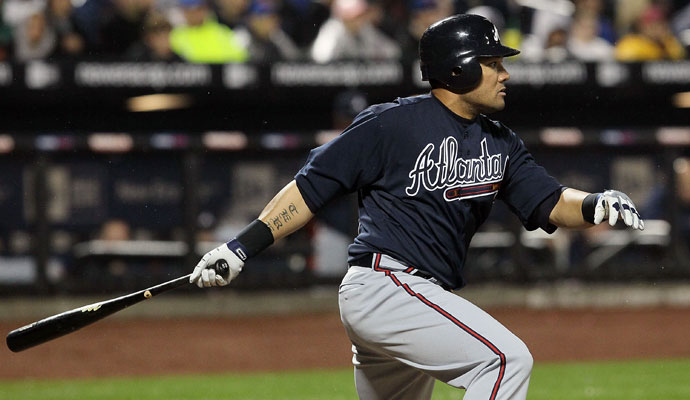
IN THE EARLY days of baseball, there was no netting anywhere. The seating behind home plate became known as the "slaughter pen" owing to the number of fan injuries from foul balls. It wasn't until 1879 that the Providence Grays became the first professional team to install netting behind home plate. Other teams, from the pros to Little Leagues, eventually followed suit and put up some sort of protection.
A free daily email with the biggest news stories of the day – and the best features from TheWeek.com
Still, this didn't stop baseball from becoming the most dangerous sport to watch, even more so than ice hockey, in large part because of baseball's ubiquity. Since the mid-19th century, about 120 spectators at baseball games of all kinds have been killed by foul balls, including most recently a 39-year-old mother of two at a San Angelo (Texas) Colts game in 2010 and an East Carolina University fan in 2012.
At a typical major league game, 35 to 40 batted balls fly into the stands. For many fans, this is as much a part of the experience as beer and peanuts. They bring their weathered gloves and wait for a ball to loop lazily in the sky before plummeting toward the seats.
Line-drive foul balls are different. In humans, there is no such thing as an "instant" response; what we see must be interpreted by the brain, and that process can take a tenth of a second. If a ball is traveling at 100 miles per hour, it will have already covered a dozen feet before you even realize it's headed toward you. That, of course, assumes you're actually paying attention. Even professional baseball players, paid millions of dollars for their reflexes and hand-eye coordination, get clocked once in a while.
Fans get beaned. Popped in the eye. Whacked in the chest. How often? It's impossible to say for certain. "You can find data on fatalities, but injuries — those are harder to find," says Robert Gorman, an author who studies ballpark injuries. "Major League Baseball doesn't want to know. They will tell you they don't know. But it's not that the information doesn't exist. Every park has a first aid station, and I promise you the people in those stations are keeping track of everything. If someone gets an aspirin, that's recorded. But the teams refuse to track these injuries."
AFTER CABRERA'S BAT connected with Dessens's pitch, Fletcher heard someone yell, "Watch out!" He saw a flash of white. Then he heard a sickening smack. And then there was blood, and his wife was passing his crying daughter to him. He lifted her into his arms, her skinny legs dangling over the crook of his arm. Her face was buried in his chest.
The game had already resumed. Indeed, it had barely paused, except for a quick wince from Cabrera and the sight of Mets catcher Josh Thole rising and slowly reaching for his mask. But in section 116L, everyone was looking at the man who was racing his bleeding daughter up the steps.
From section 116L to the nearest first aid station is a two-minute brisk walk. The Fletchers, with Fred carrying their injured daughter, certainly made it in less than that. After being sped off to Children's Healthcare of Atlanta hospital, the little girl fell unconscious. Medics loaded her onto a gurney and wheeled her away for emergency surgery. This was around midnight. Hours later, the doctor came into the waiting room and told the Fletchers that their daughter had suffered numerous fractures in her skull, which had to be mended with metal plates. "Thirty-one little pieces," Fletcher says, "and they put her skull back together."
She was stable. She was going to live. Such good news, such a relief, but Fletcher wondered: What kind of life? The doctors moved her to intensive care. "She slept for a long time," Fletcher says. "My wife and I didn't leave her bedside. And then she finally woke up, and she recognized us. She said, 'Daddy, Mommy.' God, we were so relieved."
Then she wanted out. She did not want to be in a hospital, hated doctors. After having spent less than 72 hours in the intensive care unit, she went home with her family, her head wrapped in gauze.
"She's a fighter," Fletcher says. "She went to a speech pathologist, a physical therapist, the neurosurgeon, an ophthalmologist — a series of doctors for about six months — but she went back to school maybe a month after the injury." (Fletcher won't disclose further details on her condition.)
At night, when Fletcher couldn't sleep, he Googled the words "foul ball injury" and took notes on what he saw. For months after, questions buzzed in his head like a swarm of bees: Why did the safety nets cover only the seats behind home plate and just a bit outside of that? Why aren't the teams and the league doing more to keep spectators safe? Are they waiting for a kid to get killed? What can I do to stop that from happening?
Nothing, he realized, unless I sue the Braves.
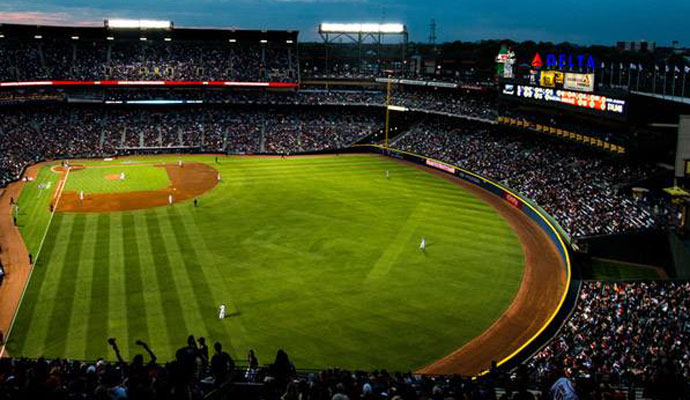
THE COURTS AREN'T often kind to people who sue over foul-ball-related injuries. Of 82 foul ball cases from 1913 to 2008, only 19 were decided in favor of the plaintiffs.
Typical are cases like the one in 1950, when a spectator sued the Boston American League Baseball Co. after she was hit in the face by a foul ball during a game against the Yankees. The court ruled that because she had gone to games before and knew that foul balls often ended up in the stands, she knew the risks, and the ballpark could not be held responsible.
Even after most baseball stadiums put up nets behind home plate, spectators continued to get injured. So to clarify who was liable and when, most states adopted some form of the Baseball Rule. Essentially, it says that stadium owners are not negligent if they install adequate screens where the potential for danger is the greatest: the seats directly behind home plate. The Baseball Rule varies somewhat from state to state, and Georgia doesn't have a defined Baseball Rule on the books. That's what the Braves' attorneys have been focusing on in the Fletcher suit, first filed in 2012. They're asking the courts to institute an explicit form of the rule.
Fletcher's lawyers say the century-old Baseball Rule doesn't take into account how baseball is changing. "The game is getting faster; the players are getting stronger. So it's becoming more dangerous for fans who aren't behind the nets," says E. Michael Moran, one of Fletcher's attorneys. The case has stalled in part because the two sides are fighting over whether it's the job of the courts or of lawmakers to institute the Baseball Rule — should such a rule be instituted at all. (Update: After this story originally went to press, the state Court of Appeals ruled not to adopt the Baseball Rule, meaning the case can proceed.)
ON THE LAST day of June, after an 11-day road trip, the Braves returned home to host the Mets. I bought seats in the same row and section where the Fletchers had sat almost four years before. Down here, just a couple of rows behind the dugout, you really do feel like you're in the game. Especially when the foul balls start zinging over your head.
In the row behind me were Travis Conley and his three children: 6-year-old Mason, 9-year-old Harrison, and their 16-year-old sister, Ally. Conley told me that he once saw a 20-something guy get hit by a foul ball at Wrigley Field. It wasn't a line drive, but it looked like it hurt. Still, Conley isn't afraid to have his three children sit in an unprotected area. And he doesn't want the team to add more safety screens. "I don't like watching the game through nets," he said. "And really, if you worried about everything that can happen, you and your kids would never leave the house."
I agree with that last point, in theory, but I couldn't help worrying about the little girl to my right, holding up a red foam finger while sipping a Capri Sun and searching for her image on the Jumbotron. I wanted to turn around and tell the Conley family to move to seats where there are nets to block foul balls, where the risk of getting hit in the head by a 100-mile-per-hour line drive is nonexistent.
But this is just a baseball game, right? Nobody comes here thinking he or she will get hurt.
Excerpted from an article that originally appeared in the August issue of Atlanta magazine. Reprinted with permission.
-
 Biggest political break-ups and make-ups of 2025
Biggest political break-ups and make-ups of 2025The Explainer From Trump and Musk to the UK and the EU, Christmas wouldn’t be Christmas without a round-up of the year’s relationship drama
-
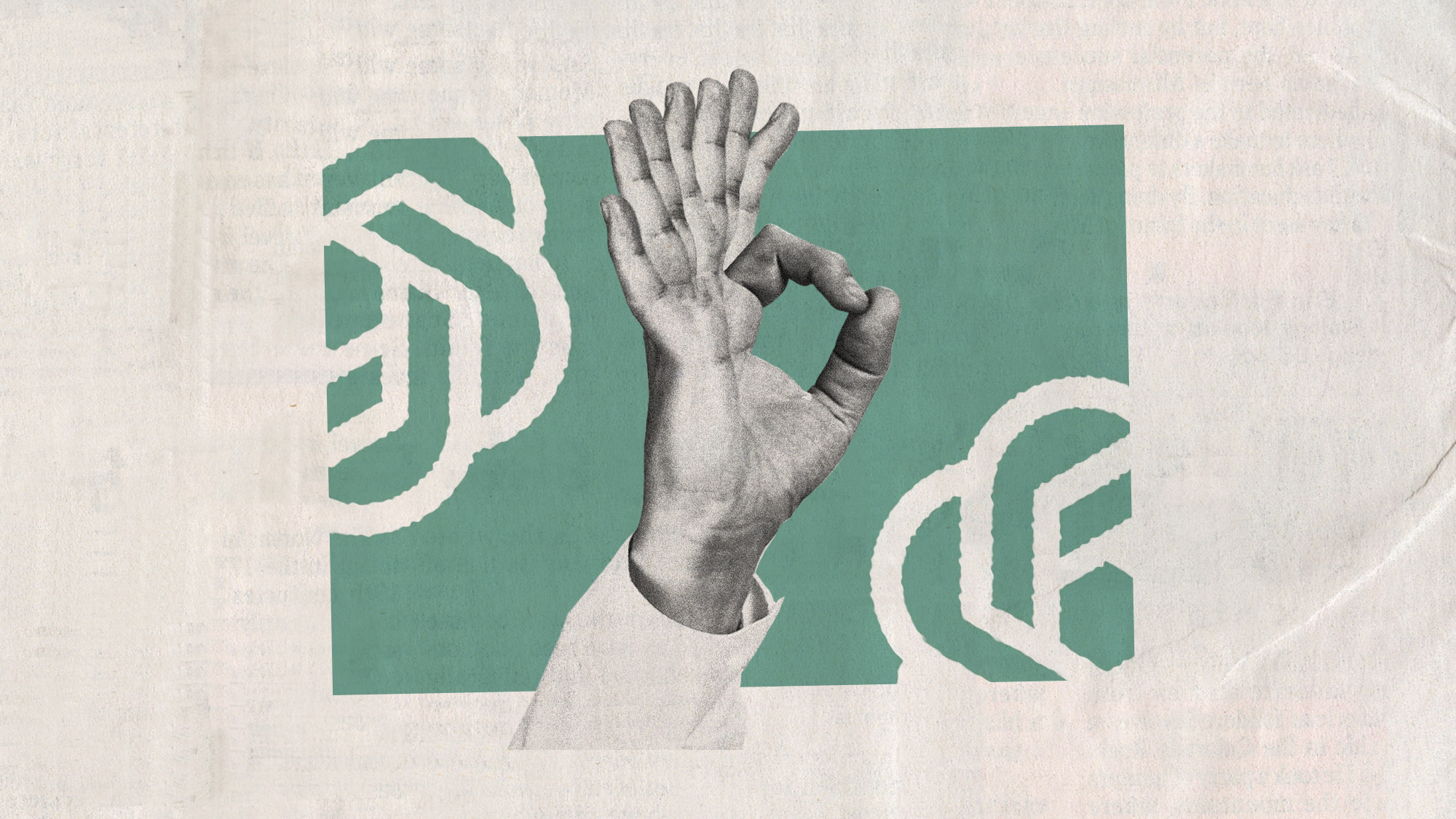 Why 2025 was a pivotal year for AI
Why 2025 was a pivotal year for AITalking Point The ‘hype’ and ‘hopes’ around artificial intelligence are ‘like nothing the world has seen before’
-
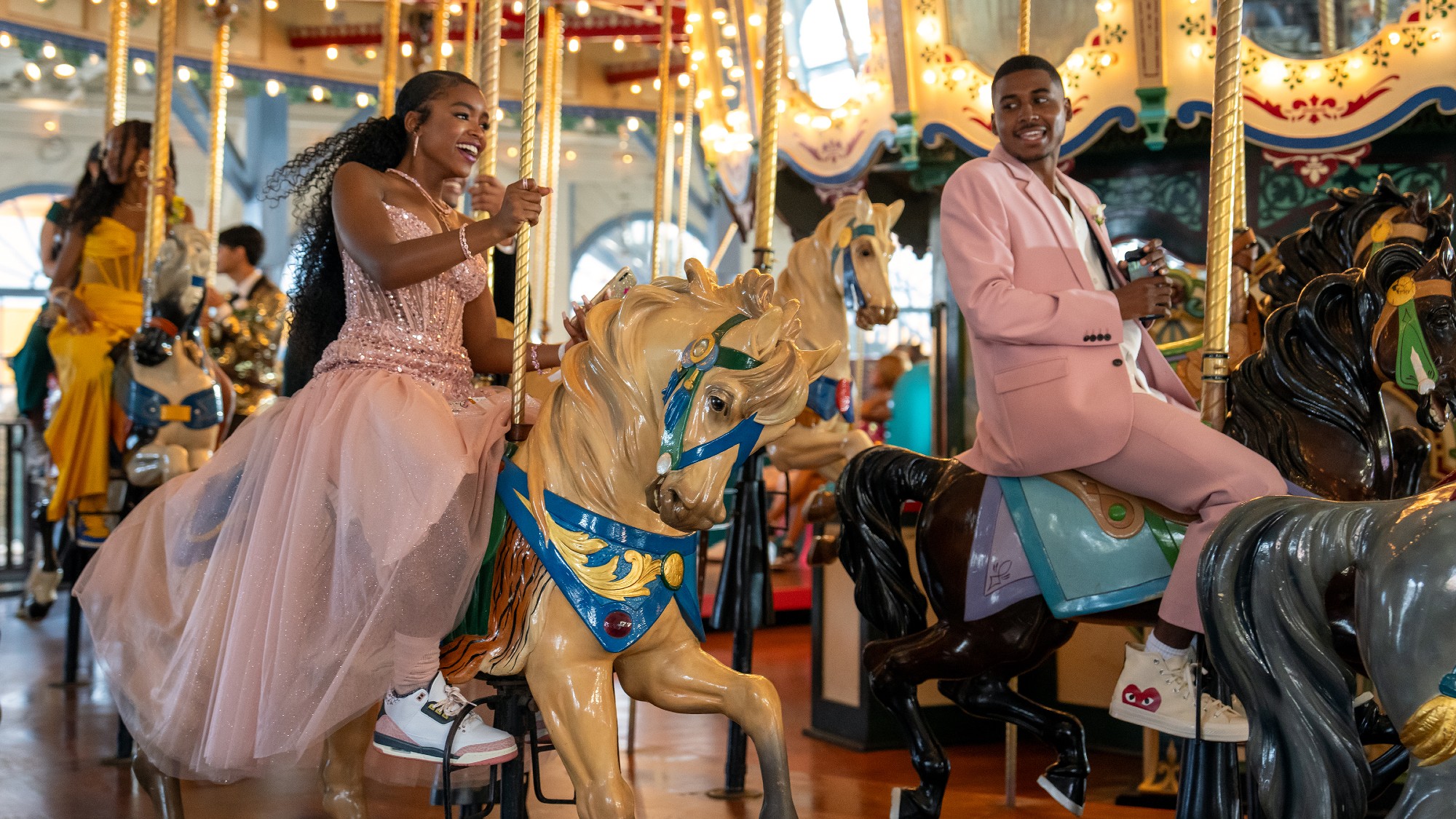 The best drama TV series of 2025
The best drama TV series of 2025the week recommends From the horrors of death to the hive-mind apocalypse, TV is far from out of great ideas